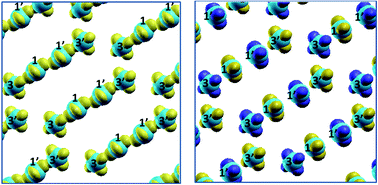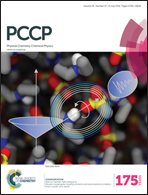Quantum Monte Carlo analysis of a charge ordered insulating antiferromagnet: the Ti4O7 Magnéli phase
Abstract
The Magnéli phase Ti4O7 is an important transition metal oxide with a wide range of applications because of its interplay between charge, spin, and lattice degrees of freedom. At low temperatures, it has non-trivial magnetic states very close in energy, driven by electronic exchange and correlation interactions. We have examined three low-lying states, one ferromagnetic and two antiferromagnetic, and calculated their energies as well as Ti spin moment distributions using highly accurate quantum Monte Carlo methods. We compare our results to those obtained from density functional theory-based methods that include approximate corrections for exchange and correlation. Our results confirm the nature of the states and their ordering in energy, as compared with density-functional theory methods. However, the energy differences and spin distributions differ. A detailed analysis suggests that non-local exchange–correlation functionals, in addition to other approximations such as LDA+U to account for correlations, are needed to simultaneously obtain better estimates for spin moments, distributions, energy differences and energy gaps.


 Please wait while we load your content...
Please wait while we load your content...